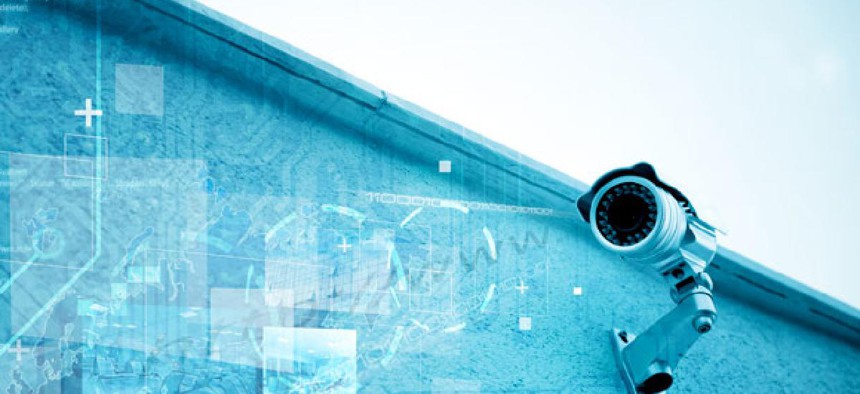Make Way for the Human Flesh Search Engines

alphaspirit/Shutterstock.com
Human-controlled camera surveillance could just be the beginning.
The robots are coming.
Indeed, it may just be time for Americans to welcome more scrutiny into their lives. The United States has had surveillance cameras for decades, and facial recognition software tied to some of the thousands of cameras in use in public places for most of the past 10 years. However, the April 15 bombing at the Boston Marathon may, like 2011’s summer riots in the UK, may be the moment when public awareness of the presence and more advanced capabilities of what are now being called “analytic cameras,” or cameras designed to not only capture but analyze what they see.
In this particular horrific incident, hundreds of cameras were trained on various parts of the crime scene since it took place at the focal point, the finish line, of a globally known and watched event. While not a nationally televised live sporting event, the Boston Marathon drew thousands of onlookers, hoping to see the race, snap pictures or grab video of friends and family as they surged toward the line. Because it is a timed event, cameras were also trained at the end to determine finishing place. And lastly, because it took place in a dense urban environment and a major commercial zone, probably hundreds of private and city closed-circuit television (CCTV) cameras caught fragments of the scene.
It is this dense visual coverage—and the fact that these images weren’t centrally controlled but captured by both businesses and hundreds of people, creating a mountain of visual evidence, not quickly able to be parsed by humans, of varying quality, and spread over a large area—that has called machine intelligence into play. The FBI has fed mounds of visual evidence into face recognition applications since the bombing to get a fix on those responsible.
(Image via alphaspirit/Shutterstock.com)





